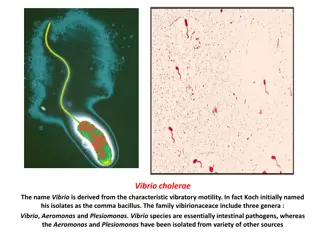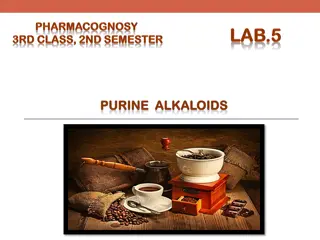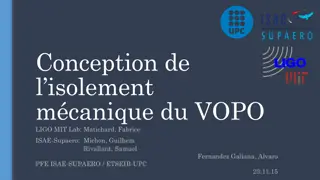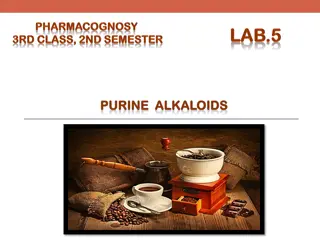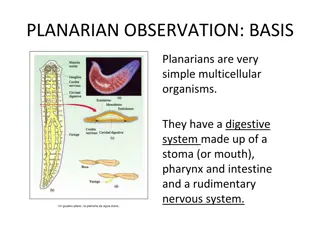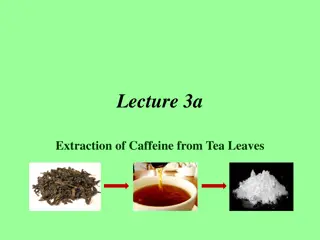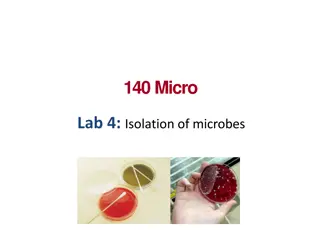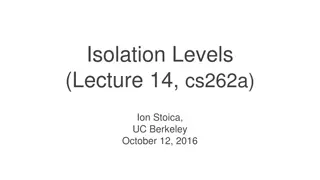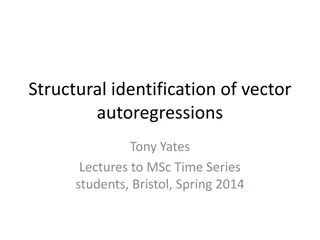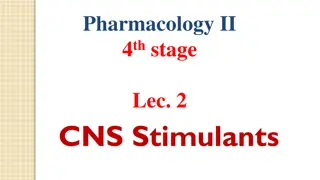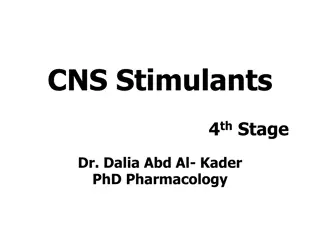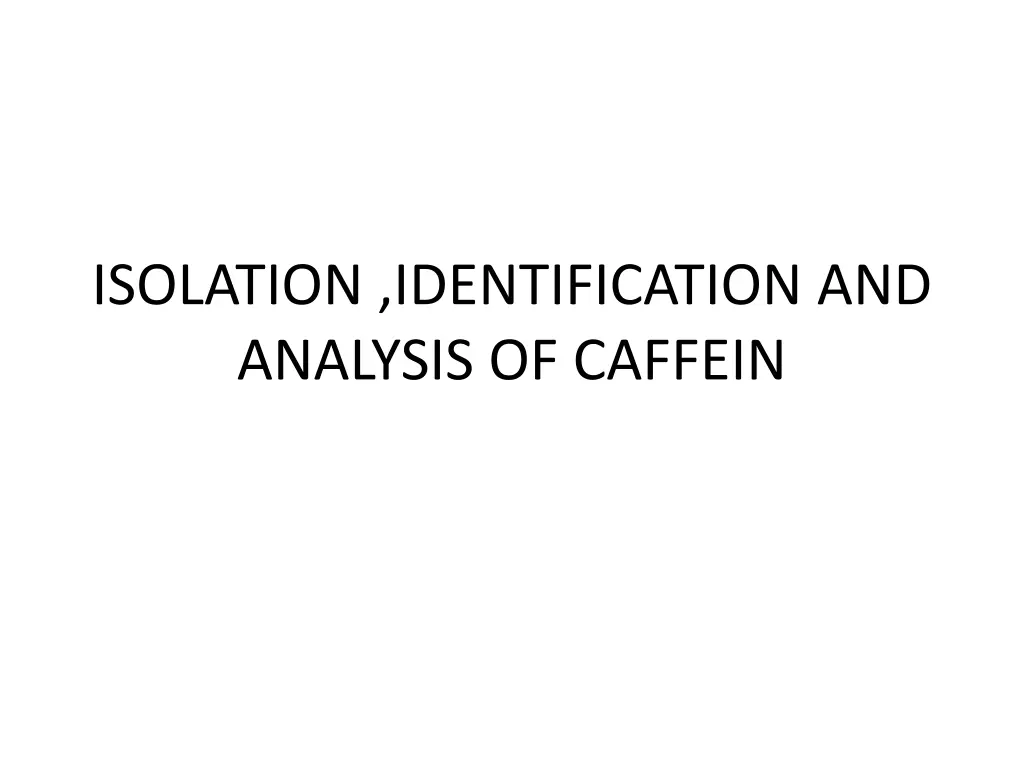
Isolation, Identification, and Analysis of Caffeine from Tea Leaves
Learn how caffeine is isolated from tea leaves, including extraction methods, purification steps, identification tests, and analysis using chromatography. Explore the detailed process step by step in this comprehensive guide.
Uploaded on | 1 Views
Download Presentation

Please find below an Image/Link to download the presentation.
The content on the website is provided AS IS for your information and personal use only. It may not be sold, licensed, or shared on other websites without obtaining consent from the author. If you encounter any issues during the download, it is possible that the publisher has removed the file from their server.
You are allowed to download the files provided on this website for personal or commercial use, subject to the condition that they are used lawfully. All files are the property of their respective owners.
The content on the website is provided AS IS for your information and personal use only. It may not be sold, licensed, or shared on other websites without obtaining consent from the author.
E N D
Presentation Transcript
ISOLATION ,IDENTIFICATION AND ANALYSIS OF CAFFEIN
ISOLATION: Biological source: caffeine is isolated from dried leaf of Tea Thea sinesis . Family :Theaceae Method: The powder tea leaves is extracted with boiling water for 30 minutes and filter it while hot condition. The warm extract is treated with lead acetate to precipitate the tannins and filtered.
The filtrate is treated with excess of dilute sulphuric acid to ppt the lead in the form of excess lead sulphate and filter it. Collect the filtrate and boiled with activated charcoal to remove coloring matter and filter it. The decolorized filtrate is extracted with equal volumes of chloroform by using separating funnel.
Collect the chloroform extract and evaporated to yield needle shaped crystals of caffeine is obtained. Calculate the percentage .
Identification tests: Mureoxide test: Dry residue is treated with potassium chlorate and evaporated to get dry extract and it is exposed ammonia vapours to produce purple color.
Analysis of caffeine: Sample preparation: Dissolve 1mg in 1ml of methanol Stationary phase: Silica gel-G Standard sample: Caffeine Mobile phase: ethyl acetate:methonol:aceticacid Detecting agent: Expose to the vapors of iodine Rf value: 0.41



